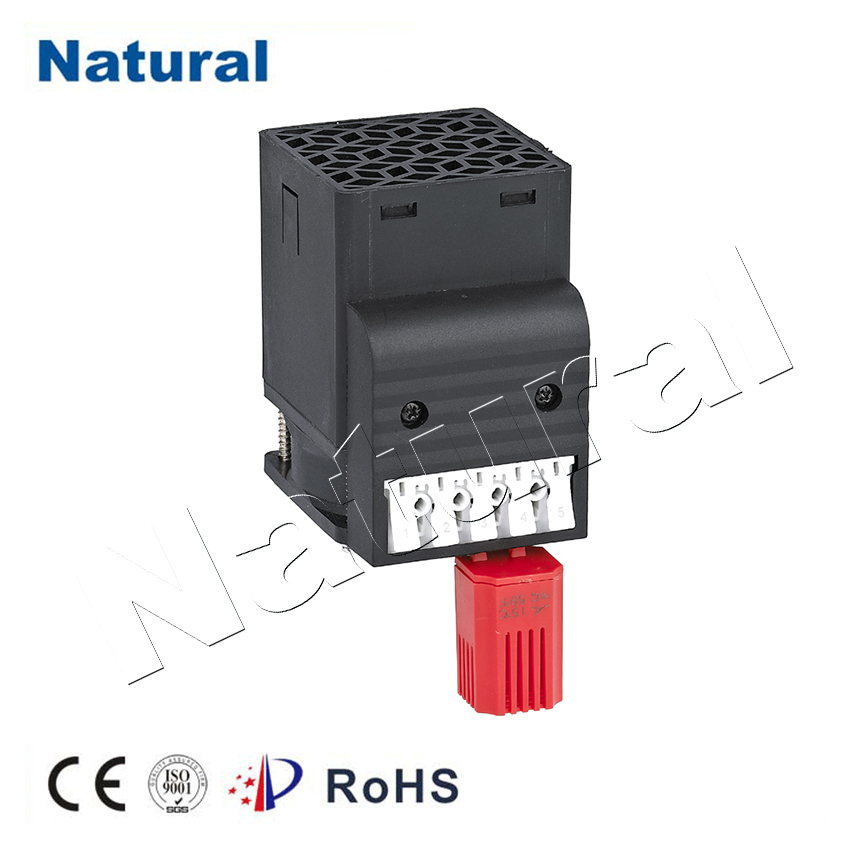Introduction

In the modern world, where comfort and energy efficiency are paramount, the heater thermostat stands as a crucial innovation. These unassuming devices play a significant role in maintaining optimal temperatures within our living and working spaces. From homes to offices, heater thermostats contribute not only to our comfort but also to energy conservation. This article explores the importance, functionality, and benefits of heater thermostats. The Importance of Heater Thermostats Heater thermostats are devices designed to regulate the temperature of heating systems, ensuring that the desired temperature is achieved and maintained. Their significance lies in their ability to strike a balance between comfort and energy efficiency. By preventing the overuse of energy and excessive heating, heater thermostats make a substantial contribution to reducing utility bills and environmental impact. Functionality and Working Principle The functionality of heater thermostats is rooted in their working principle. Most modern thermostats are electronic and programmable, offering greater control and convenience. A typical heater thermostat consists of a sensor to measure the room temperature and a control unit to adjust the heating system accordingly. When the room temperature falls below the set level, the thermostat activates the heating system. Once the desired temperature is reached, the thermostat signals the system to turn off, preventing overheating. Programmable thermostats take this a step further, allowing users to set different temperature levels for various times of the day. For instance, they can lower the temperature when the space is unoccupied or during sleeping hours, and raise it before waking up or returning home. Energy Efficiency and Cost Savings One of the most significant advantages of using a heater thermostat is the potential for energy savings. Traditional heating systems often operate continuously, leading to unnecessary energy consumption. Heater thermostats, on the other hand, ensure that the heating system operates only when required, reducing energy waste. By programming the thermostat to lower the temperature when it’s not needed, users can save a substantial amount on their energy bills. Studies have shown that proper use of programmable thermostats can result in energy savings of around 10% or more. Over time, these savings accumulate, contributing to both cost reduction and a greener environment. User Convenience and Comfort Heater thermostats also enhance user convenience and comfort. Imagine being able to wake up to a warm living space in the winter without having to manually adjust the thermostat. Programmable thermostats offer this convenience by allowing users to pre-set temperature changes according to their daily routines. Moreover, remote-controlled thermostats enable users to adjust the temperature even when they’re away from home. This level of control not only enhances comfort but also helps to ensure that energy isn’t wasted heating an empty space. Environmental Benefits The positive impact of heater thermostats extends beyond individual homes and wallets. Energy conservation leads to reduced carbon emissions and a smaller carbon footprint. As energy consumption decreases, power plants and heating systems burn less fossil fuel, thereby contributing to air quality improvement and the mitigation of climate change. Conclusion In a world where sustainability and comfort go hand in hand, heater thermostats emerge as essential components of our daily lives. Their ability to regulate temperature efficiently, conserve energy, and offer user-friendly programming options makes them invaluable assets. By incorporating heater thermostats into our heating systems, we can create a more comfortable, cost-effective, and environmentally friendly living environment for ourselves and for future generations.